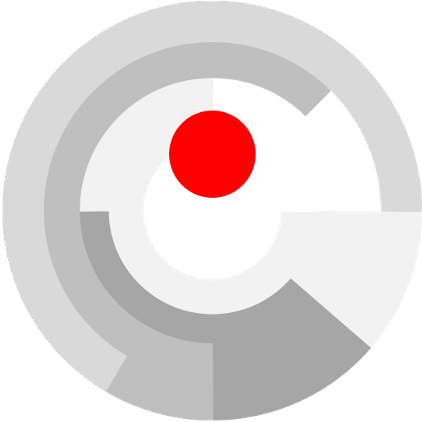As a researcher, you have the independence to pursue your preferred combination of areas of study and research with a faculty supervisor. You complete twelve (12 )modules of the technologies and four (4) modules for product research and thesis – a total of sixteen (16) modules and research thesis – to fulfill your “fellow” requirements.
The basic requirements of the research thesis are for encouraging researchers to spend adequate time on their work, organize and attend seminars and workshops and use them over two-to-five years terms and publishing their research thesis. After all, the company would like to be befitted too. Researchers may initiate or join the research any time of the program, depending on depth and intensity of the research.
Our main research focus areas are:

Ambient Computing Design
a concept that revolves around the seamless integration of AI and ML technologies into our surroundings to automate tasks and enhance our daily lives. It leverages interconnected devices, data analytics, foundation models and artificial intelligence to create personalized experiences and improve efficiency. Voice assistants, cognitive interfaces, remote monitoring devices, IoT-enabled sensors in agriculture, and connected retail technologies are all examples of how ambient computing is already being implemented. As IoT continues to expand and strengthen, the potential for ambient computing to transform lives becomes promising

Cognitive Graphic Interfaces
computer-based systems will need cognitive graphic interfaces to achieve sufficiently robust and intelligent human interaction. These cognitive interfaces will be characterized by the ability to support inference and reasoning, planning under uncertainty, short-term adaptation, and long-term learning from experience. An appropriate combination of engineering and cognitive framework for such interfaces is provided by partially observable decision-making processes that integrate belief tracking and reward-based learning. The benefits of this approach are demonstrated, for example, with a simple gesture-driven interface to a Nintendo like application

Creative Neural Decoders

Inferencing Molecular Dynamics

Mind Adoption Oscillators


